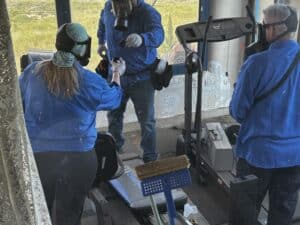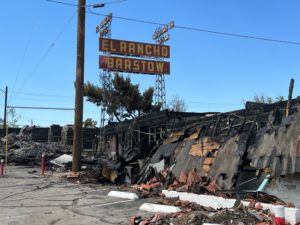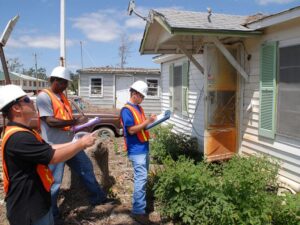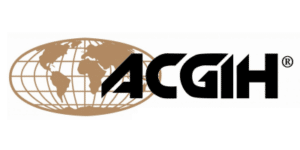Mural Containing Lead-Based Paint Requires Meticulous Removal
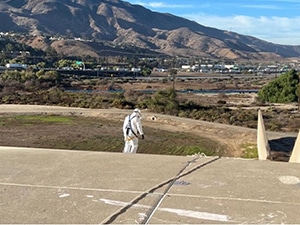
The year is 1976. A group of high school students in Corona, Calif. is in the midst of a brainstorm session. They are thinking of ways to beautify their town, which sits about 50 miles east of Los Angeles. Their idea: paint a mural celebrating the country’s bicentennial on the side of the cavernous dam and spillway that flanks the northern edge of the 91 Freeway. However, lead-based paint would not be banned for commercial use for another two years in 1978.
Their canvas, Prado Dam, a flood risk management site. Completed in 1941 by the U.S. Army Corps of Engineers, the dam prevents mountain runoff from the Santa Ana Mountains from inundating San Bernardino, Riverside and Orange County.
The Corps gives the teens the go-ahead for their project. After months of work, their red, white and blue mural is complete. Its staggering size – 120 feet tall by 664 feet long – means the mural could be easily spotted by any driver on the 91 and 71 freeways.
Fast forward to the mid 2000s. Years of blistering, Southern California sun has caused the paint to chip, flake, and scatter to the wind – an environmental hazard since the mural was painted with lead-based paint.
The Dangers of Lead-based Paint
Lead was commonly used in residential and commercial paint prior to being banned in the late 1970s. Undisturbed, lead-based paint rarely poses a threat. However, when it begins to chip, flake, or create dust and becomes airborne or leaches into groundwater it can cause a range of adverse health effects, particularly in children.
When inhaled or ingested, lead is incredibly toxic. Lead exposure in children can lead to neurological and nervous system damage. When pregnant women are exposed to lead, their risk of miscarriage and premature birth increases. Adults with lead poisoning from exposed lead-based paint can suffer from a variety of ailments including hypertension and decreased renal function. Exposure to high concentrations of lead can be fatal.
A Complicated Lead-based paint Abatement Project
In 2015, the Army Corps of Engineers announced they would remove the mural in the process of planned construction and to address environmental concerns.


Removal of the mural began in 2022. The primary concern was capturing paint flakes as the mural was blasted away – no easy feat when workers were positioned on the dam’s 40 degree slope.
To mitigate these concerns, Omega was brought in to oversee the process and ensure work was done in compliance with environmental standards.
The removal was completed in phases over the course of a month and required constant vigilance. At the end of each phase, Omega performed walk throughs and visual inspections, noting any areas where remnants of paint remained on the spillway surface. Upon completion of the project, our team performed a thorough post-remediation inspection and confirmed no visible trace of lead-based paint remained on the surface.
Experts in Environmental Assessment and Remediation
With over 25 years of environmental management and hazardous materials consulting experience, Omega Environmental has helped clients keep a wide variety of projects on schedule and on-budget while safeguarding public health and the environment and ensuring compliance with a long list of regulatory authorities.
In addition to lead-based paint assessments and abatement, our team of certified industrial hygienists conducts microbial evaluations, hazardous building materials surveys and asbestos consulting.
For more information about how Omega can solve your lead-based paint challenges reach out to schedule an assessment or get a quote.
Contact us to learn more about lead assessments and abatement




